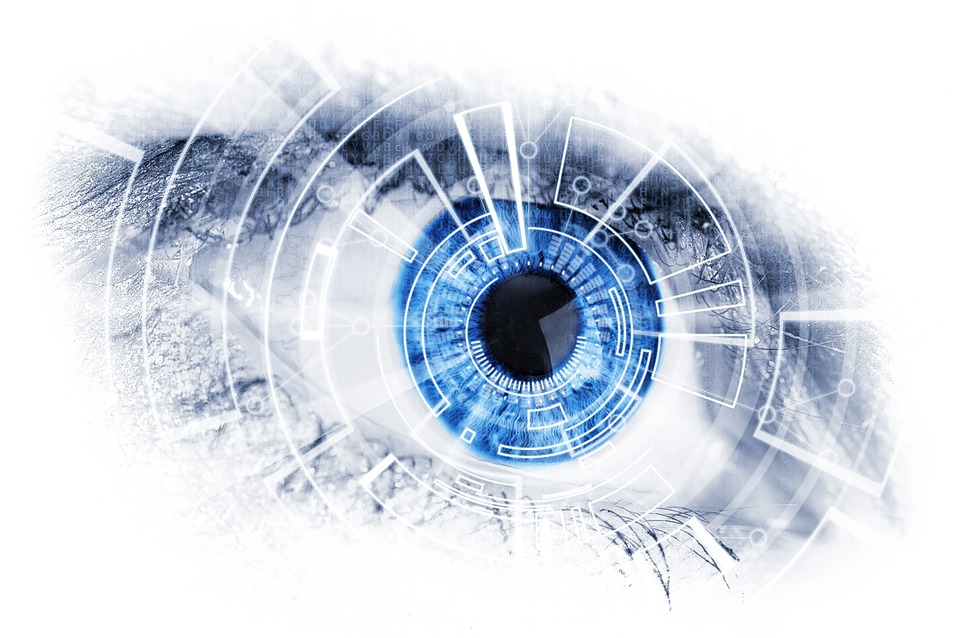Given the fact that robots are taking over so many of our human work activities, I was trying the other day to gain some perspective on some of the reasons that we have decided to use them. First of all, there are the work activities that humans normally can do perfectly well. This includes those activities for which employers find it cost effective to use robots instead of humans. On the most basic level, robots are used in warehouses to move boxes around and to find merchandise. Robots are also now being developed to do caretaking for both children and seniors, an activity that modern professionals increasingly find interferes with their satisfying lucrative careers. And plainly, for some very mentally active people, the activity of caretaking seems to be boring. Robots are also being developed to replace people in the truly dirty work of construction. Many modern people are getting lazy and prefer to work in offices. Finding qualified construction workers is getting more difficult.
On the other extreme, there are those activities that are too dangerous for humans. Robots were used in Fukushima, Japan, to find and photograph the radioactive fuel that had gone missing as a result of the earthquake and tsunami that had destroyed the nuclear plant there. Another robot is being developed by Stanford University to go deep-sea diving for sunken treasure in places that are too dangerous for human divers.
Then there are those robotic activities that add a unique dimension to things that humans already do. In other words, the robots work alongside of humans in these situations. A good example is a robot cockroach. Being made of soft polymers, these robot cockroaches would be able to squeeze through very narrow pathways and spaces like real cockroaches and could be used to help human rescuers to find survivors in buildings that collapsed as a result of natural disasters like earthquakes. These robot cockroaches could be let loose in swarms in the rubble of buildings to find survivors that humans are having difficulty finding. Once found, then humans could dig them up. The robot cockroaches could bring an added dimension to the search-and-rescue being carried out by humans.
Although there is little doubt that these robot cockroaches could be very beneficial in helping rescuers find survivors, it is precisely in situations like these of human-robot partnership that I feel my greatest concern in terms of preserving the human sense of self. Actually, there are other search and rescue robots of many different shapes and sizes including a humanoid robot and even one shaped like a snake. The reason I focus on the robot cockroach is that it seems so counterintuitive that a robot cockroach could somehow indirectly influence human behavior. One might ask, how can a human psychologically feel a merger with a robot that resembles a cockroach. But the point is that simply interacting with robots of any kind on a regular basis leads to ongoing mirroring and modeling on the part of humans. Even when constructed of soft pliable material like polymers, robots are complex behavioral entities that are made to be impermeable. When one is constantly juxtaposed next to impermeable complex behavioral entities – entities that present a strong detached figure definition – some of that sense of impermeability begins to rub off.
As more and more impermeable robots begin to displace natural organisms as the dominant complex behavioral entities in our fields of experience, we become increasingly more robotic as a result of the constant contact. Robots become sources of both mirroring and modeling, not necessarily through direct constant conscious imitation, but just by creating modalities of behavior that are ever present at the edges of our fields of experience. As we use robot cockroaches to help us in search and rescue missions, we would probably not want to consciously model ourselves after a machine that is a copy of a very lowly organism. But unconsciously, if we are around them enough, they will influence our behavior with their behavior. In particular, the cockroach robot, like all robots, engages in defined discrete movements rather than the more flowing blendable continual movements of an organic cockroach. And as one of many different kinds of robots that increasing will surround us in our daily lives, it will contribute to our gradual shift to the more defined discrete movements of a robot. Particularly, because cockroach robots don’t totally replace humans and don’t perform a task that will preclude humans engaging in other strategies for search and rescue missions.
And yet perhaps, on one level, cockroach robots become like the equivalent of tamed trained real-life cockroaches. After working on search and rescue for a while, maybe cockroach robots will return to circuses, where they can be programmed to perform tricks for their human patrons. And humans will be enthralled with their abilities, even though, when all is said and done, they are only programmed machines. And this enthrallment will occur because not only will humans become more robotic themselves from all of this interaction, but they will increasingly begin to ascribe more organic qualities to these robots and even very primitive senses of self, the way some people do with the fleas in flea circuses.
The problem is that people can’t simply use complex behavioral entities like robots as if they were simple implements. Supposedly with simple implements, we are totally in control, because they can’t move or go into action without the agency of humans. Granted that in traditional societies, a particular implement would be so associated with a particular member of the society that a nickname could be ascribed to the person like “the hammer”. But basically simple implements help us, as humans, to make and preserve our organic imprints.
But robots are not extensions of humans the way that simple implements can be. Once created, robots leave their own customized markings on the world. They do not help us to make organic imprints, but rather they draw us into increasingly standardized procedures for everything, and we use robots to mediate for us in many different activities. The more the actions or processes involve intense interactions between humans and robots, the more the robots begin to influence the humans and to affect their capacity to live life with meaning.
© 2018 Laurence Mesirow
























